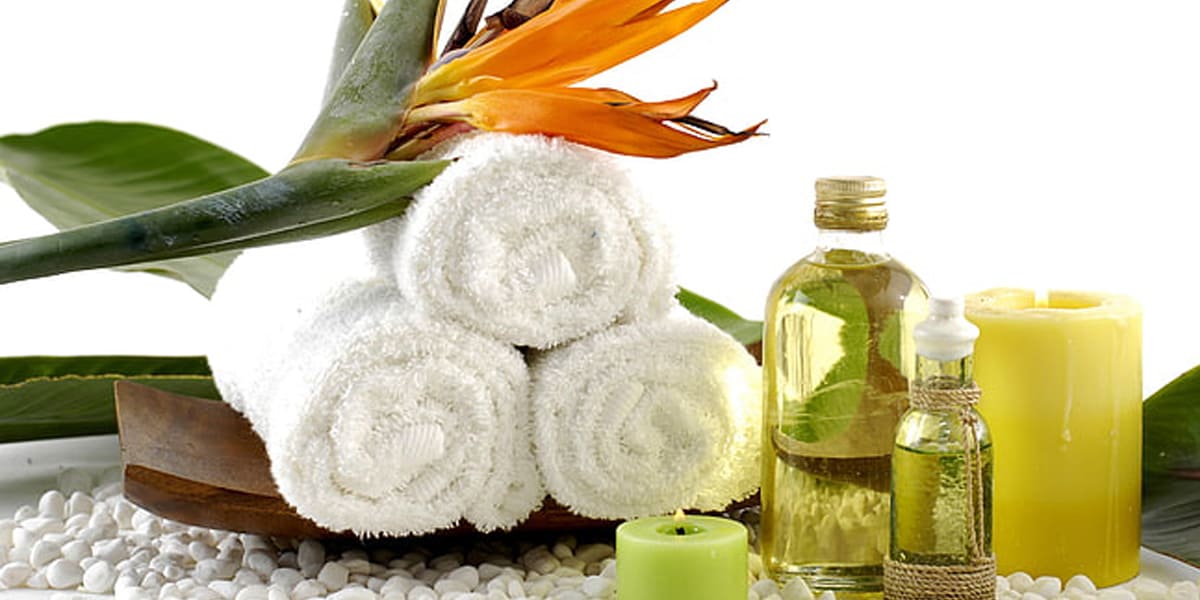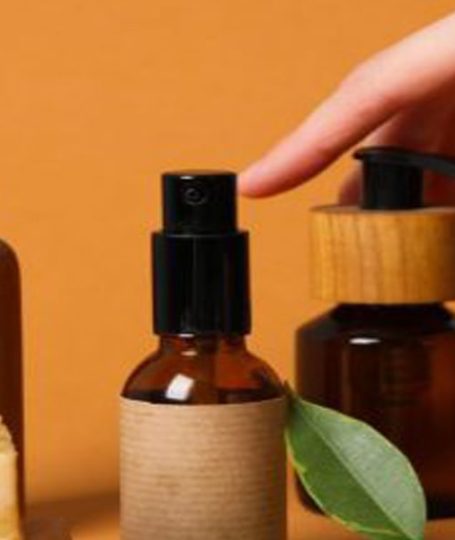No products in the cart.: ₹0.00
The Art of Self-Massage: A Holistic Approach to Well-Being

Introduction:
In a world where stress and anxiety have become unwelcome companions, taking time for self-care and relaxation is essential. One ancient practice that holds the power to rejuvenate both the body and mind is self-massage. Self-massage, an integral part of Ayurvedic tradition, is not just about pampering oneself; it’s a therapeutic technique with numerous health benefits. In this blog, we will delve into the art of self-massage, its preparatory steps, techniques, and the oils best suited for each constitutional type.
The Profound Benefits of Self-Massage:
Before we explore the techniques, let’s understand the myriad of benefits self-massage offers:
- Stress Reduction: Self-massage is a potent stress buster, promoting the release of endorphins, our natural mood elevators.
- Enhanced Circulation: The gentle pressure applied during self-massage improves blood flow, ensuring better oxygenation of tissues.
- Muscle Relaxation: Self-massage effectively alleviates muscle tension and knots, providing relief for aching muscles.
- Improved Flexibility: Regular self-massage can enhance joint flexibility and expand your range of motion.
- Lymphatic Drainage: Self-massage stimulates the lymphatic system, aiding in the elimination of toxins and bolstering the immune system.
- Sound Sleep: A calming self-massage routine before bedtime can lead to deeper, more restful sleep.
Preparing for Self-Massage:
To embark on your self-massage journey, proper preparation is essential:
- Pre-Massage Relaxation: Begin by lying quietly for a few minutes and taking several deep breaths. This simple practice sets the stage for a more mindful massage experience.
- Oil Temperature: Warm the massage oil by placing the container in hot water. The oil should be slightly warmer than your skin, ideally around 102-105°F (39-41°C).
- Energizing the Hands: Apply a few drops of oil to your hands and vigorously rub them together. This not only energizes your hands but also generates warmth, making the massage more effective.
Self-Massage Techniques:
Now, let’s explore some fundamental self-massage techniques that you can easily incorporate into your daily routine:
- Head Massage: Commence by applying a small amount of oil to your head. Vigorously massage in a back-and-forth motion using the ball of your palm.
- Nostrils and Ears: Apply a small amount of oil to your nostrils and ears, massaging them gently.
- Neck and Throat: For your neck, start with up-and-down rubbing, followed by gentle kneading. Massage the throat only in an upward direction.
- Face Massage: Employ your fingertips to gently massage your forehead, temples, and jawline in circular and upward motions to relieve tension and enhance facial circulation.
- Body Massage: For long bones, like those in the arms and legs, apply an up-and-down massage. For larger joints (shoulders, elbows, knees), use circular motions, while also incorporating some kneading and squeezing.
- Chest, Abdomen, Hips, and Buttocks: For the chest and abdomen, massage in a clockwise direction using your palms. The hips and buttocks benefit from both up-and-down and circular massages.
- Hands and Feet: Pay special attention to your hands and feet, focusing on the palm’s center and sole. Knead these areas thoroughly before proceeding to the dorsal aspects (backs) of the hands and feet.
Mindful Self-Massage:
While practicing self-massage, keep in mind that you’re not just physically nurturing yourself; you’re also promoting mental well-being. Self-massage involves the movement of energy throughout the body, cleansing it, eliminating toxins, and rejuvenating the mind-body connection. After completing your self-massage, take a moment to lie quietly, absorbing the benefits of your practice.
Choosing the Right Carrier Oils:
The choice of carrier oil depends on your constitutional type:
- For Vata: Sesame Oil, Olive, Almond, Castor Oil
- Essential Oil Blends: Lavender, Cedarwood, Juniper, Ylang-Ylang, Sage, or Tulsi
- For Pitta: Coconut Oil, Sandalwood, Almond, Sunflower
- Essential Oil Blends: Sandalwood, Rose, Lavender
- For Kapha: Sesame Oil, Safflower, Mustard, Corn
- Essential Oil Blends: Eucalyptus, Basil, Tulsi, Rosemary
A Word on Mixing Carrier Oils with Essential Oils:
Always opt for organic, cold-pressed carrier oils from a trusted source. While carrier oils typically don’t cause allergies, a patch test is recommended before use. Similarly, for essential oils, always perform a patch test to
BY
DEVELIXR & TEAM




